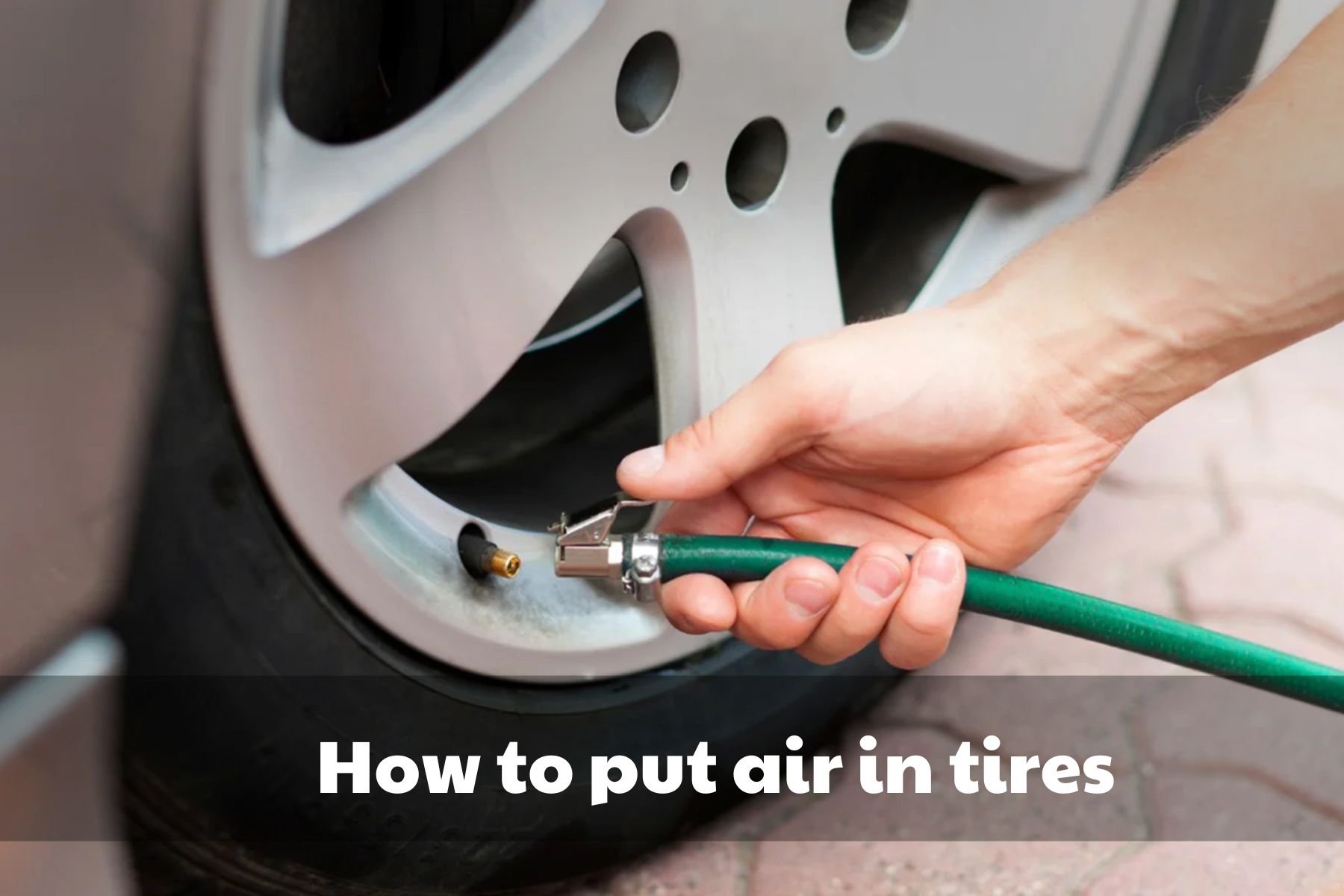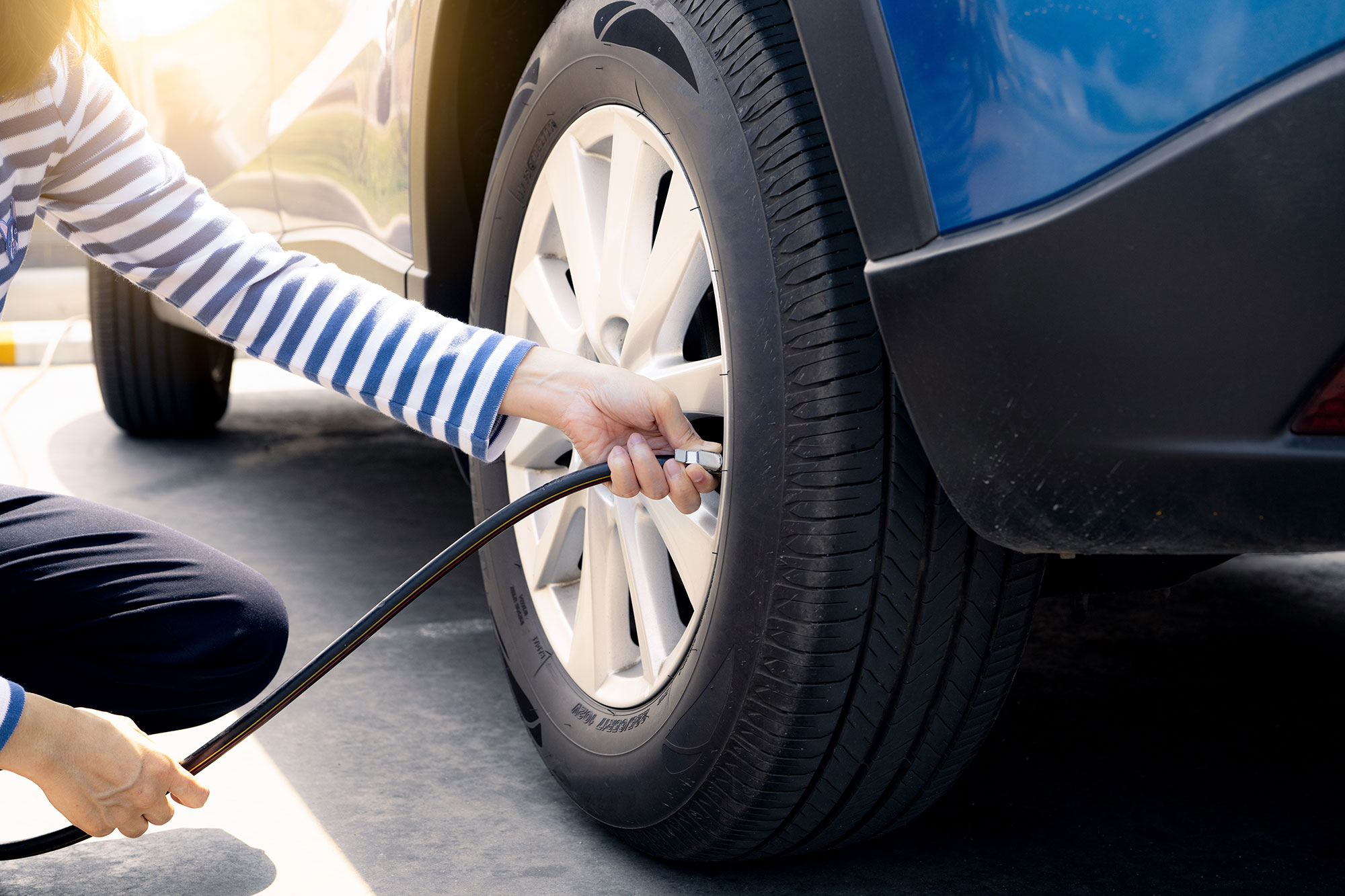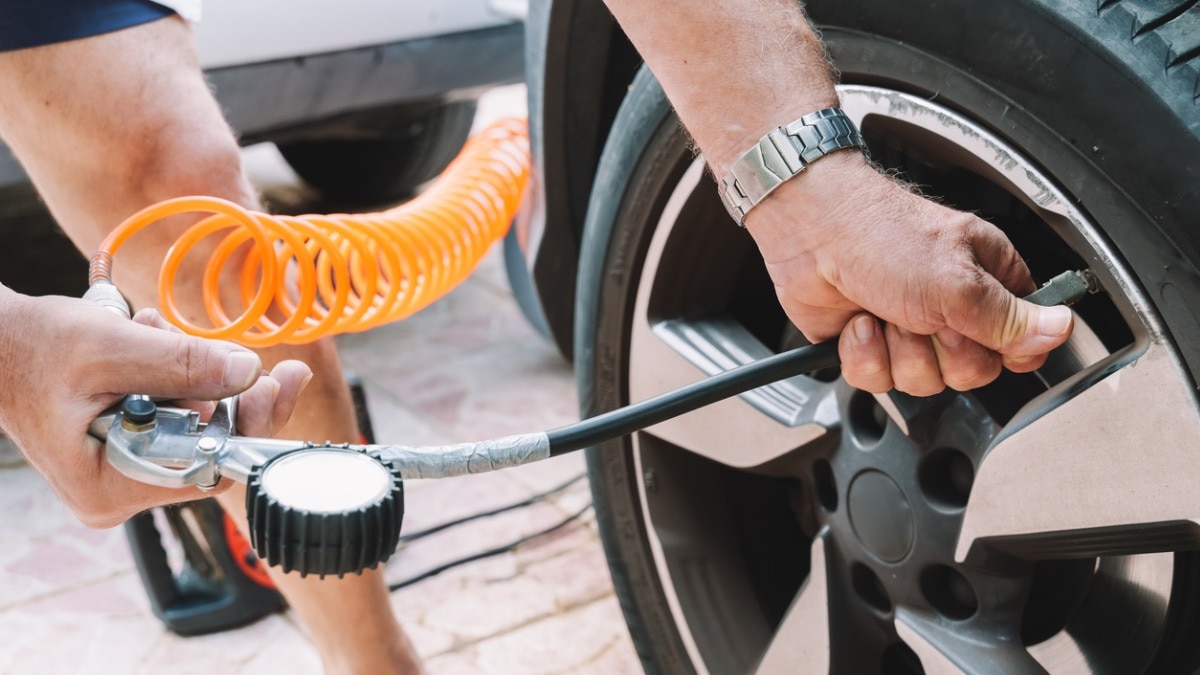Are you aware that something as seemingly simple as your tire pressure can significantly impact your safety, the performance of your vehicle, and even your wallet?
Neglecting your tire pressure isn't just bad for your walletit's dangerous. Underinflated or overinflated tires can lead to poor handling, increased wear, and even blowouts. The truth is, taking good care of your tires takes just moments, but the benefits are considerable.
Maintaining correct tire pressure is essential for optimizing your vehicles performance, safety, and fuel efficiency. In this guide, well delve into the crucial aspects of tire inflation, providing you with the knowledge and tools to ensure your tires are in top condition. Regular checking and adjusting of your tire pressure based on the manufacturers guidelines, driving conditions, and external factors can enhance your driving experience and extend the life of your tires. Whether you're a seasoned driver or a newcomer, understanding the right pressure levels is key.
- Syd Kitson Net Worth The Untold Story Of Success Wealth And Impact
- Unveiling The Rise Of Amber Hageman A Modernday Inspiration
Essential Steps to Tire Inflation
Optimizing your tires through proper air management is essential for safe and efficient driving. Here's a step-by-step guide to help you master the art of tire inflation:
- Find the Recommended Tire Pressure: The first step is knowing the recommended tire pressure for your specific tires. This information is typically found in your owners manual or on a sticker located inside the drivers side door.
- Check Your Tires When Cold: Always check your tire pressure when the tires are cold. This means the vehicle hasn't been driven for several hours, allowing the tires to cool down. Checking when the tires are warm can give misleading pressure readings.
- Gather Your Tools: To optimize your tires effectively, you'll need a few essential tools. These typically include a tire pressure gauge (digital or analog), an air compressor (available at most gas stations), and a source of compressed air.
- Remove the Valve Stem Cap: Locate the valve stem on your tire and remove the protective cap.
- Check the Pressure: Use your tire pressure gauge to check the current pressure. Place the gauge firmly onto the valve stem and note the reading.
- Inflate or Deflate as Needed:
- If the pressure is too low, attach the air compressor nozzle to the valve stem and add air in short bursts, checking the pressure frequently with your gauge.
- If the pressure is too high, use the gauge to gently press the pin inside the valve stem to release air until the correct pressure is reached.
- Replace the Valve Stem Cap: Once the pressure is correct, replace the valve stem cap to prevent dirt and debris from entering the valve.
- Repeat for all tires: Repeat these steps for each tire on your vehicle, including the spare, if applicable.
Here's a table summarizing the process:
| Step | Action |
|---|---|
| 1 | Locate Recommended Pressure (Owner's Manual/Door Sticker) |
| 2 | Check Tires When Cold |
| 3 | Gather Tools (Gauge, Compressor) |
| 4 | Remove Valve Stem Cap |
| 5 | Check Pressure with Gauge |
| 6 | Inflate or Deflate as Needed |
| 7 | Replace Valve Stem Cap |
| 8 | Repeat for All Tires |
Understanding the Impact of Tire Pressure
Understanding the basics of tire pressure, checking it regularly, and maintaining it correctly are all integral to safe and efficient driving. Overinflated tires can impact driving performance, cause uneven tread wear, and lead to blowouts. Similarly, underinflated tires pose significant risks. Its essential to know the recommended tire pressure for the particular tires on your car.
- Cynthia Erivo In The Greatest Showman A Star Is Born
- Karoline Leavitt Boob Size The Hype The Facts And Everything Inbetween
Here's a breakdown of the consequences of improper tire pressure:
- Underinflation:
- Poor Handling: Reduced control and responsiveness.
- Increased Wear: Accelerated wear on the outer edges of the tire.
- Reduced Fuel Efficiency: Higher rolling resistance.
- Overheating: Increased risk of tire failure.
- Overinflation:
- Poor Ride Quality: A harsher ride experience.
- Uneven Wear: Accelerated wear on the center of the tire.
- Reduced Grip: Less contact with the road surface.
- Increased Risk of Blowout: Makes tires more susceptible to damage from impacts.
- Correct Inflation:
- Optimal Handling: Provides maximum control and responsiveness.
- Even Wear: Ensures the tire wears evenly across its surface.
- Improved Fuel Efficiency: Reduces rolling resistance, saving on fuel costs.
- Enhanced Safety: Reduces the risk of tire failure and improves overall driving safety.
The table below outlines the potential impact of incorrect tire pressure:
| Issue | Consequences |
|---|---|
| Underinflation | Poor Handling, Increased Wear, Reduced Fuel Efficiency, Overheating |
| Overinflation | Poor Ride Quality, Uneven Wear, Reduced Grip, Increased Risk of Blowout |
| Correct Inflation | Optimal Handling, Even Wear, Improved Fuel Efficiency, Enhanced Safety |
Special Considerations and Best Practices
Beyond the basic steps, several factors and best practices can help you optimize your tire maintenance routine:
- Temperature Fluctuations: Tire inflation pressure will increase by several psi during driving and a period of time after driving while the tires cool. Always check your tire pressure in the morning when the tires are cold for the most accurate reading.
- Seasonal Adjustments: Winter across the country can create conditions that challenge tire traction. To account for this natural, slow loss of psi over time, regularly check the tire pressure of your tires and adjust to account for this change. Tires built for fieldwork might not perform well in snow and ice.
- TPMS (Tire Pressure Monitoring Systems): While TPMS provides an added layer of protection, manual pressure checks remain essential for precise tire maintenance.
- Tire Storage: Due to permeation, a tire will typically lose around 1 psi per month. To account for this natural, slow loss of psi over time regularly check the tire pressure of your tires in storage and adjust to account for this change.
- Driving to Get Air: If you must drive a distance to get air, check and record the tire pressure first and add the appropriate air pressure when you get to the pump. Remember that it is normal for tires to heat up and the air pressure inside to go up as you drive. Never "bleed" or reduce air from a hot tire to compensate; allow the tire to cool down first.
- Lawnmower Tires: Typically, tire pressure for riding lawnmowers falls between 10 to 20 psi (pounds per square inch). To find the precise air pressure for your tires, check the tires sidewall or refer to the owners manual for your lawn mower. Proper tire pressure is essential for optimal performance and preventing tire damage.
- Professional Guidance: Explore our offerings from wheel alignments to lift kits to windshield repair to help ensure your tires are in top condition.
Disclaimer:Please note that the information provided in this article is for informational purposes only and does not constitute professional advice. Always refer to your vehicle's owner's manual for specific recommendations and consult with a qualified automotive professional for any concerns regarding tire maintenance.
By understanding the basics of tire pressure, checking it regularly, and making necessary adjustments, you can significantly enhance your driving experience, extend the life of your tires, and ensure your safety on the road. Proper tire care is an investment in your vehicle's performance and longevity.



Detail Author:
- Name : Dr. Lacey Jones
- Username : jhauck
- Email : claudia82@gmail.com
- Birthdate : 1971-05-02
- Address : 13192 Noe Drive West Chad, KS 06587
- Phone : +1-907-277-1086
- Company : Funk, Effertz and Thompson
- Job : Keyboard Instrument Repairer and Tuner
- Bio : Velit quisquam dolorem quod et dolorem consectetur expedita voluptatem. Sit aperiam neque odio tempora aliquid. Impedit ipsa atque aliquam dicta quo. Esse iusto id dolorem dolores dolor optio optio.
Socials
facebook:
- url : https://facebook.com/austin.grimes
- username : austin.grimes
- bio : A sunt veritatis eos. Porro praesentium est facilis et.
- followers : 6780
- following : 457
tiktok:
- url : https://tiktok.com/@grimesa
- username : grimesa
- bio : Debitis totam est assumenda laudantium.
- followers : 5679
- following : 936
linkedin:
- url : https://linkedin.com/in/austingrimes
- username : austingrimes
- bio : Ea libero aut impedit facere autem a dicta.
- followers : 2881
- following : 816